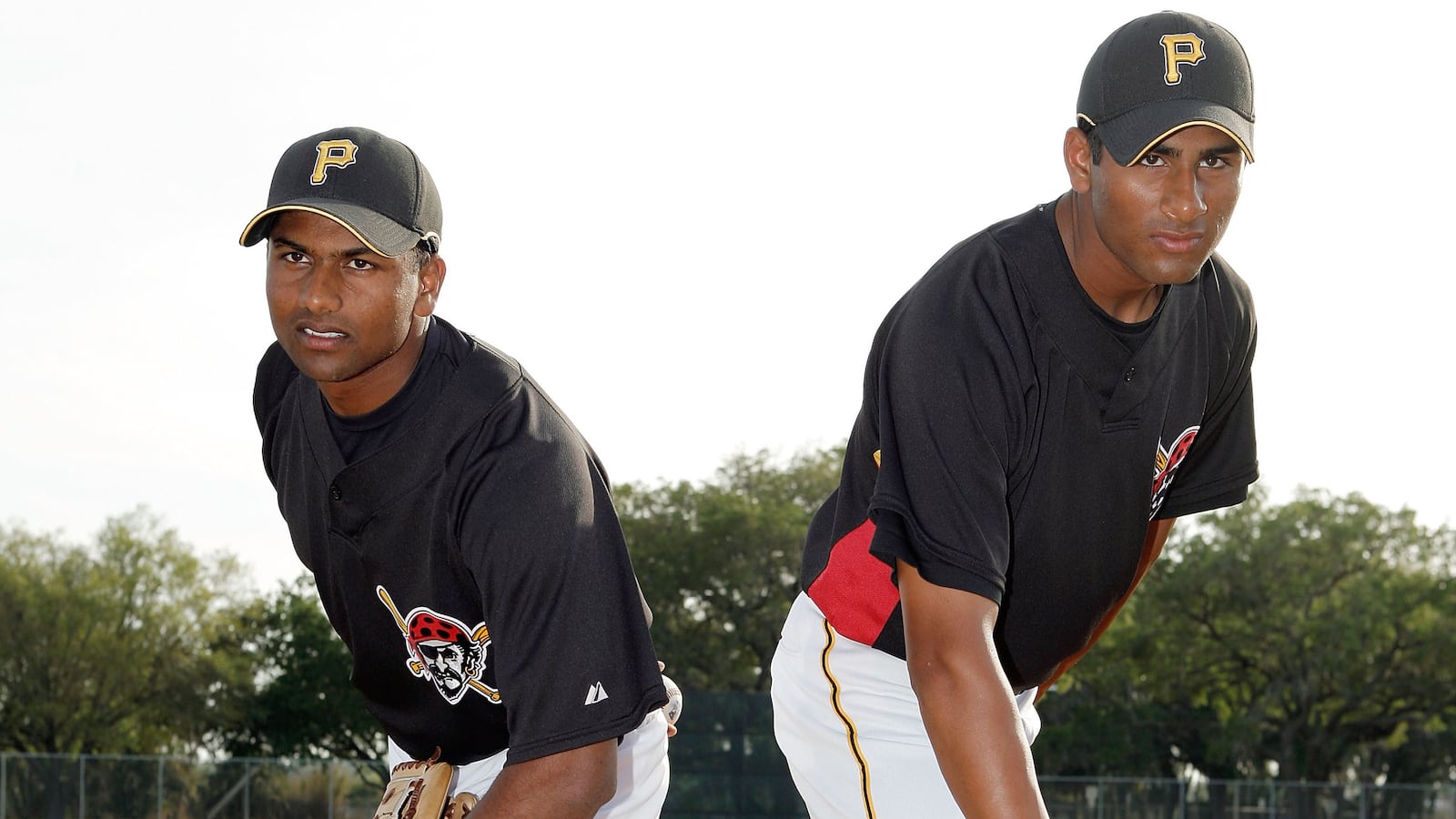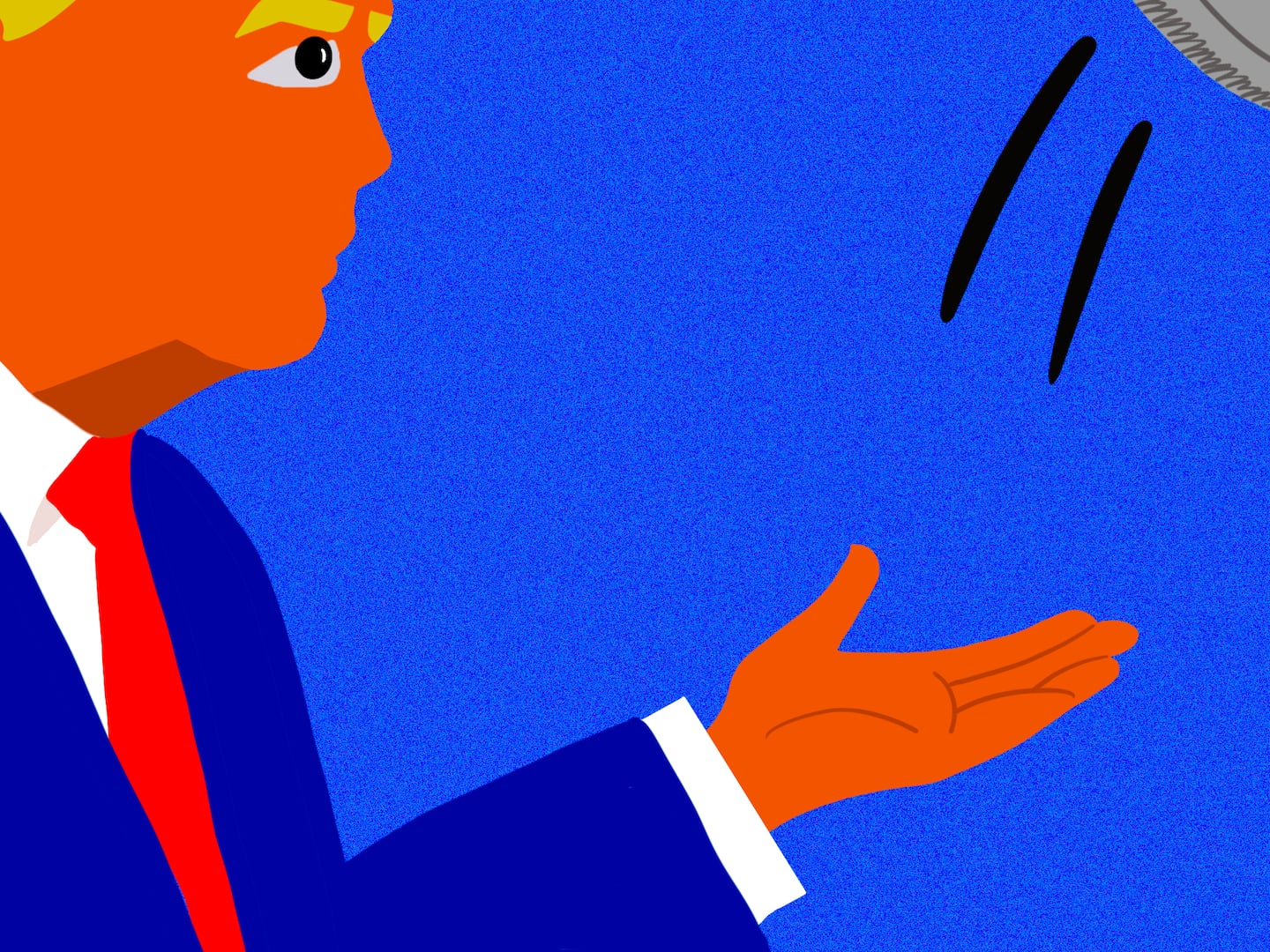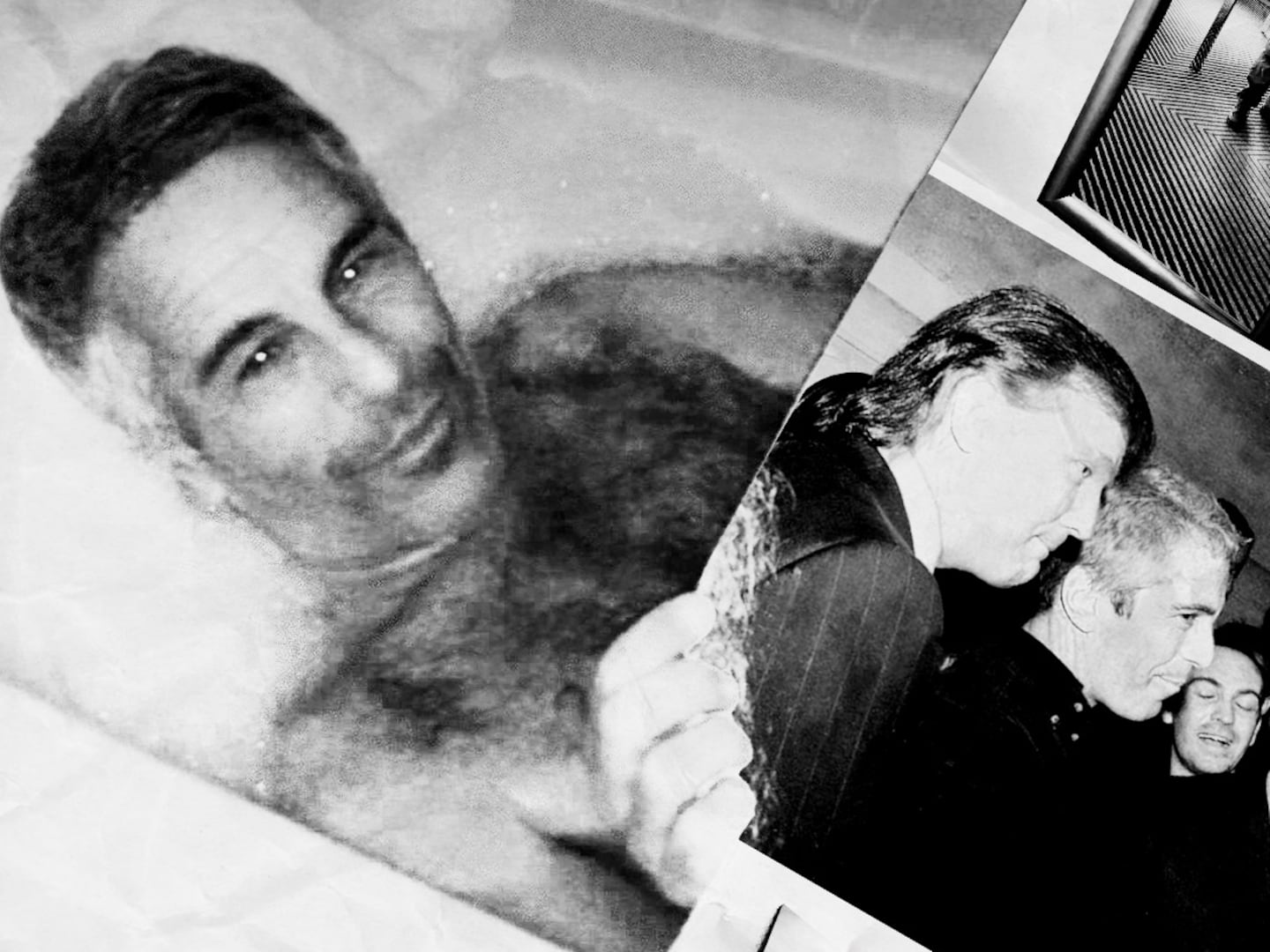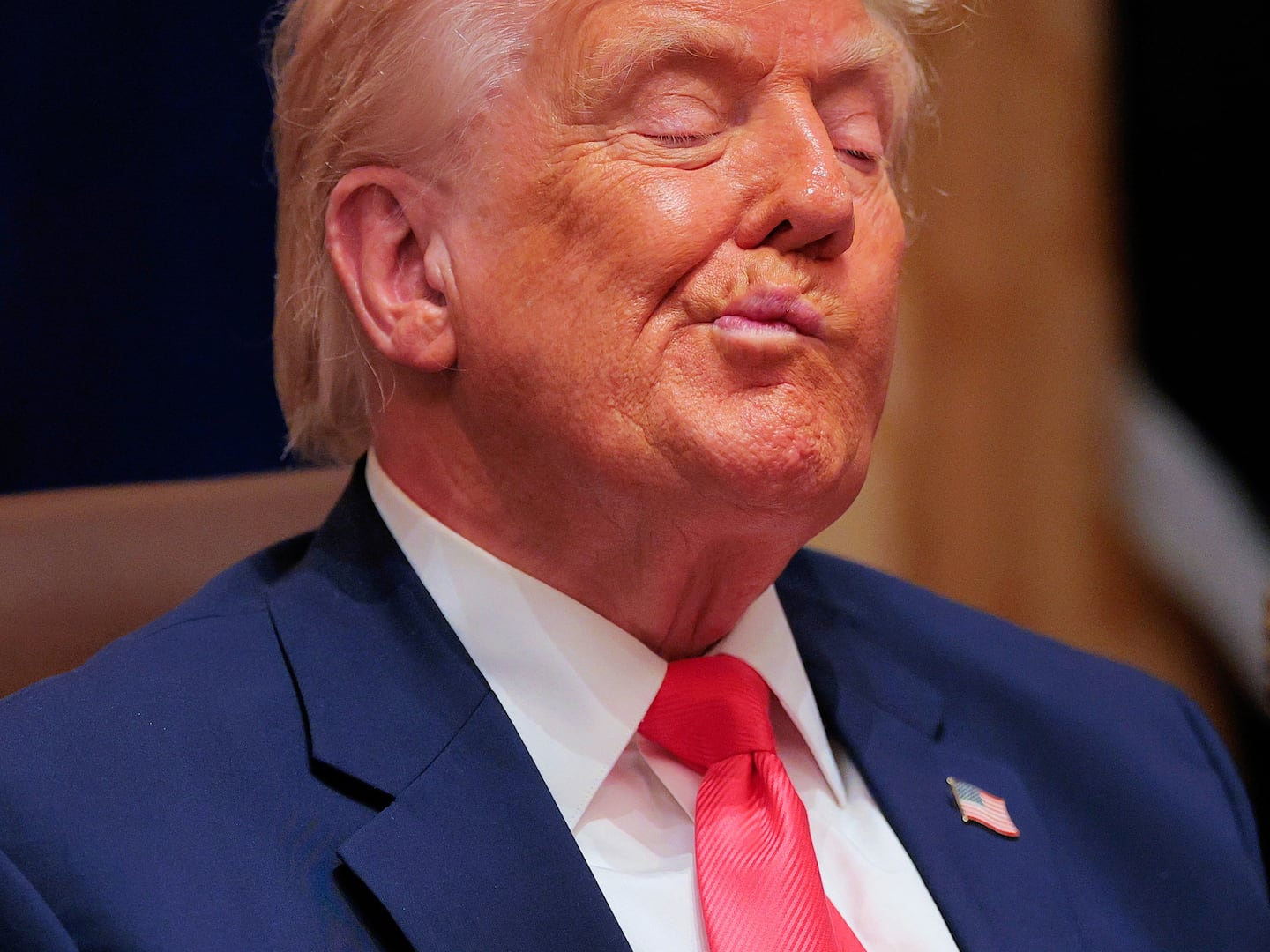
Sports agent J.B. Bernstein first arrived in India at 2:30 in the morning. While most airports at that hour would be desolate, save for a few stragglers sleeping until their next flight, Bernstein was shocked to find the exact opposite: mayhem. Inside, hundreds of people were running around the terminal; outside, a line of chauffeurs about three football field lengths long were offering rides. Overall, this was a scene closer to rush hour at JFK than the middle of the night.
Considering the adventure Bernstein was about to embark on, the frantic atmosphere was kind of fitting. He had recently partnered with venture capitalists Will Chang and Ash Vasudevan for a new reality show set to take place in India. On the surface, the program’s premise was straightforward: find the next great baseball pitcher and offer him a shot at a Major League tryout. The catch, though, was that this contest would take place in a country that didn’t give a hoot about Babe Ruth; its national pastime was cricket, a sport millions of Indians grew up playing. Despite the possibly insurmountable challenge that lay before them, Bernstein and company forged ahead.
If you’ve watched TV in the last few weeks, you likely know that that first season of Million Dollar Arm was a success, as its story is now being released as a feature-length Disney movie (and c’mon, what Disney movie doesn’t have a happy ending?). Starring Jon Hamm, Million Dollar Arm tells the tale of the Indian reality show’s inaugural season, and its struggle to find what, at the time, felt like a needle in a haystack. Fortuitously for Bernstein and his team, they not only found one, but two: Rinku Singh and Dinesh Patel, two javelin throwers from Uttar Pradesh. Singh and Patel would eventually go on to win the contest, travel to Los Angeles, train with USC pitching coach Tom House, and get signed by the Pittsburgh Pirates organization——this only 13 months after picking up a baseball for the first time in their lives.
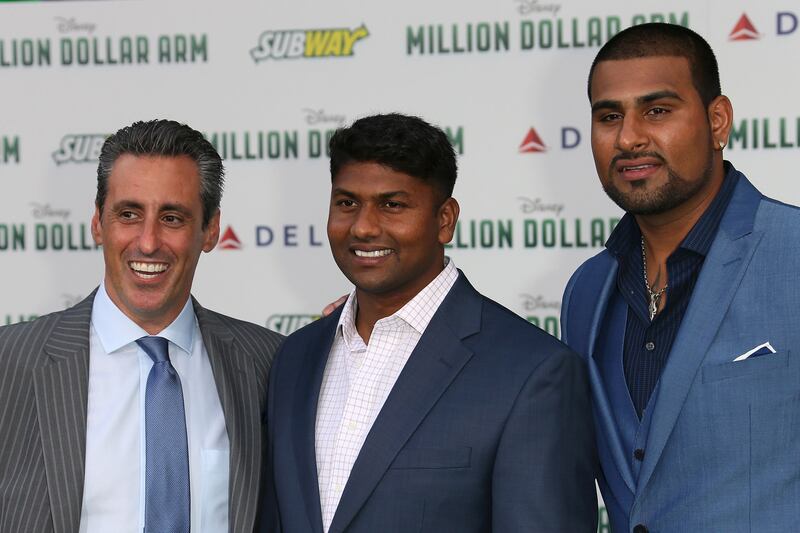
The story of Singh and Patel is a heartwarming one, and perfectly fits into the mold of a fairy-tale Disney sports film. However, with the spotlight currently on the movie—and with the “real story” having been told many times over—it’s worth checking in to see what happened to the contest after both players got signed to ball clubs, not to mention what the presence of a major studio film could do for the show’s upcoming third season this fall.
After the success of its first year, Million Dollar Arm returned to India in 2011 for a second round, with the same goal in mind: find a young, undiscovered Indian athlete with the raw talent, drive, and determination to become a baseball pitcher. By then, Bernstein had gotten used to the country’s crowds, its constant standstill traffic, and its disorderly method of doing business. Case in point: the TV deals they had completed for the two previous seasons had been done via handshake. At first, this was a foreign concept to the American business-minded Bernstein, who was used to handling these sorts of projects with paper contracts and an army of briefcase-carrying attorneys. However, he got used to it.
“The best quote in India is, ‘It will be done, don’t worry, it will be done,’” Bernstein tells me. “I’ve come to trust that, but it was hard as an American businessman getting used to people standing by their word, which is kind of refreshing in some respects, although nerve-wracking—you’re there at the first stop hoping the cameras will show up and then they do.”
In addition to familiarity, many of the challenges Bernstein, Vasudevan, and Chang faced the first go-round—the language barrier, the lack of baseball knowledge among participants, etc.—began to dissolve. The high schools and colleges hosting the contest, the local media coverage, the kids signing up—they had all become at least tangentially aware of how baseball worked and what the show was looking to accomplish.
“In Season 2, what was remarkable was a lot of the kids that participated had watched videos of Rinku and Dinesh pitching on YouTube,” says Vasudevan, one of Million Dollar Arm’s co-founders. “In Season 1 the mechanics were really bad… But in Season 2 a lot of the kids were much better prepared and they had already heard about Rinku and Dinesh’s amazing story.”
In the first season, Singh and Patel were chosen out of 38,000 kids. In the second, the judges saw more than double that number, around 100,000. Out of those contestants came winner Gaurav Nehra. Like his predecessors, his background was as a javelin thrower.
Though the second season’s format was consistent with the first season—travel around to different cities for qualifying rounds, conclude with a finale in Mumbai—the aftermath was a bit different. Instead of going to Los Angeles to train, Nehra went to the MLB Academy in Wuxi, China. However, he wasn’t there for long. After being offered a job in the Indian police force, he eventually returned to his home country. Bernstein doesn’t fault him, of course. As he states, a government job is a tremendous opportunity for a village kid like Nehra.
Now as Million Dollar Arm begins to gear up for its third season this fall, the team in charge is looking to make a few changes. First up: They plan to switch their travel plans as they move across the country. Instead of going sequentially, city by city, it will be done laterally, with vans going to different locations at the same time. The ultimate goal is to see 500,000 contestants. To reach that number, they will have to go to places a bit off the beaten path as well.
“In Season 1 we mainly focused on major cities,” says Vasudevan. “Season 3 we’re just going to go to villages and towns first, and then go to the cities. So we’ve gotten much smarter about the whole process.”
Obviously, the trio also has plans to piggyback off the strength of the movie Million Dollar Arm, which has already opened in India and is set to debut this weekend in America. Giving ordinary Indians a chance to see the film will likely do wonders for the program. On top of that, there will be clips shown throughout the season.
Of course, the biggest trump card of all is Singh and Patel. After all, the two winners are the success stories of the program. Though Singh wasn’t able to assist much in Season 2 since he was still playing baseball back in the States, Patel—who had been released by the Pirates in 2010—was happy to lend a hand, helping launch the contest and train the finalists. Vasudevan and Bernstein both confirmed that Patel is planning on being actively involved in Season 3, as is Singh, if he has the time.
Overall, the Million Dollar Arm co-founders have traveled far since they began their venture seven years ago. Back then it seemed impractical. Worse than that, though, it was laughable. How could you teach a cricket player or any other Indian athlete to not only learn how to play a sport in a matter of months, but to do it on a professional level? Though Dehra, the Season 2 winner, has not panned out like Singh or Patel, what Million Dollar Arm has shown is that it this is a program that works. Even Major League Baseball—which was clearly skeptical from the beginning—has started to take an interest, allowing the winners to train at its academy in China at the end of Season 2, and, if all goes according to plan, in its Los Angeles facilities for Season 3. Having a major movie backing up the program can only bolster its relationship with MLB.
“It’s very gratifying because we could never have this type of megaphone to tell Rinku and Dinesh’s story,” says Bernstein. “To me it’s the most amazing story in the history of sports.”

